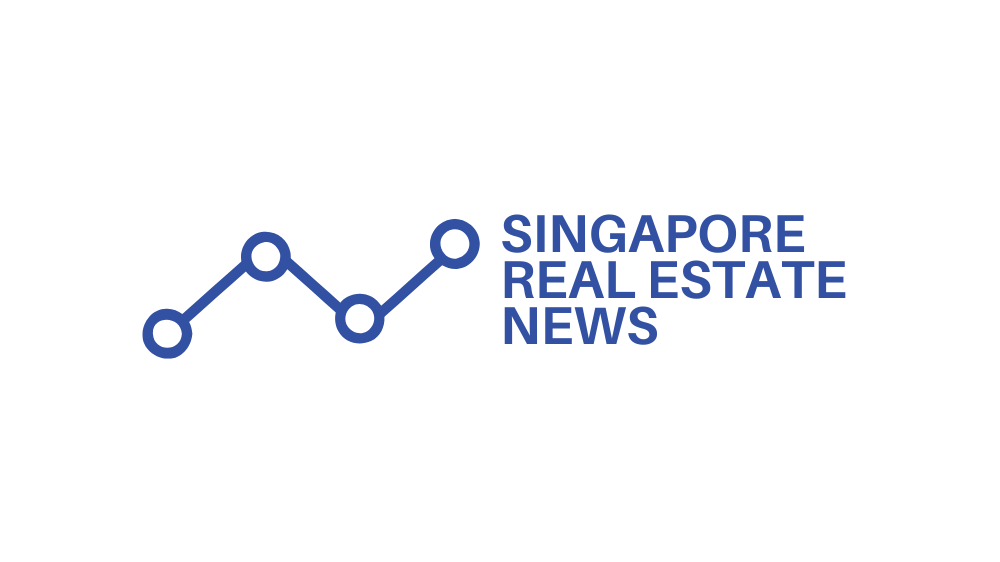Fixed-rate home loans maintain consistent interest charges throughout the loan tenure, providing payment stability despite market fluctuations, while floating-rate options adjust periodically based on benchmark indices, typically offering lower initial rates. The soundest choice depends on prevailing economic conditions, risk tolerance, and financial goals; fixed rates suit borrowers seeking predictability, whereas floating rates may benefit those anticipating declining interest trends. Market projections, prepayment flexibility, and premium considerations (typically 1-2.5 percentage points) constitute critical factors in this significant financial decision. Further analysis reveals nuanced advantages in specific economic scenarios.

The dichotomy between fixed and floating interest rates represents one of the most consequential decisions borrowers face when securing financing for major purchases or investments. These fundamentally different approaches to loan pricing structure pose distinct financial implications for borrowers, particularly in the context of long-term commitments such as home mortgages. Fixed interest rates maintain consistency throughout the loan tenure, providing borrowers with unchanging monthly payments regardless of market fluctuations, while floating rates adjust periodically according to benchmark indices such as the MCLR or repo rate established by central banking authorities.
The mathematical disparity between these options is notable, with fixed rates typically commanding a premium of 1-2.5 percentage points above initial floating rates—a differential that corresponds to the market stability insurance embedded within fixed-rate products. This premium delivers predictable payment obligations that facilitate precise budgetary planning and insulates borrowers from potential interest rate escalations in volatile economic environments. Conversely, floating rate structures offer lower initial payment schedules and inherent flexibility, particularly regarding prepayment options that frequently carry reduced or eliminated penalty provisions.
Market conditions and economic forecasts play instrumental roles in determining most suitable rate selection. During periods when analysts project declining benchmark rates, floating structures may
Frequently Asked Questions
How Often Can I Switch Between Fixed and Floating Rates?
Mortgage holders can typically switch between fixed and floating rates once per year, though policies vary considerably between lending institutions.
Most lenders establish a notification period of 30-90 days prior to the desired switch date, with administrative fees ranging from $200-$500 per change.
Importantly, switches are generally prohibited during introductory fixed-rate periods and the final year of mortgage terms, while some financial institutions offer unlimited switches with accompanying transaction fees.
Are There Penalties for Refinancing a Fixed-Rate Mortgage?
Refinancing a fixed-rate mortgage may indeed incur prepayment penalties, depending on the specific loan terms established at origination. Penalties typically range from 2-6% of the outstanding loan balance or several months’ interest, with most applying only during the initial 3-5 years of the loan term.
Since the Dodd-Frank Act implementation, these penalties have become less common, with complete prohibition on FHA, VA, and USDA loans, and substantial limitations on conventional mortgages issued after 2014.
Can I Partially Fix Portions of My Home Loan?
Yes, borrowers can partially fix portions of a home loan through split loan structures, which divide the mortgage into fixed and variable components based on a percentage allocation determined by the borrower.
Split home loans enable clients to simultaneously benefit from rate stability on the fixed portion while maintaining flexibility for additional repayments and offset account functionality on the variable portion, thereby providing a balanced approach to interest rate risk management.
How Do Economic Indicators Predict Future Interest Rate Movements?
Economic indicators serve as market-driven predictive signals for future interest rate movements, with leading indicators providing forward-focused insights.
Central banks analyze GDP growth trends, inflation metrics, employment statistics, and consumer confidence indexes when determining monetary policy adjustments.
Bond market yields, particularly the Treasury yield curve, offer substantial predictive value, as inverted curves historically anticipate rate cuts while steep curves suggest potential rate increases.
Global economic conditions and manufacturing indices further contextualize domestic rate forecasts.
What Documentation Is Required When Converting Between Rate Types?
Converting between rate types requires substantial documentation. Including a completed loan conversion application, recent financial records (pay stubs, bank statements), updated credit reports, property documentation (current appraisal, insurance proof, tax statements), original loan documents with payment history, and regulatory forms such as the signed rate conversion agreement, Truth in Lending disclosure, Good Faith Estimate, and settlement statement detailing all applicable fees and closing costs.





